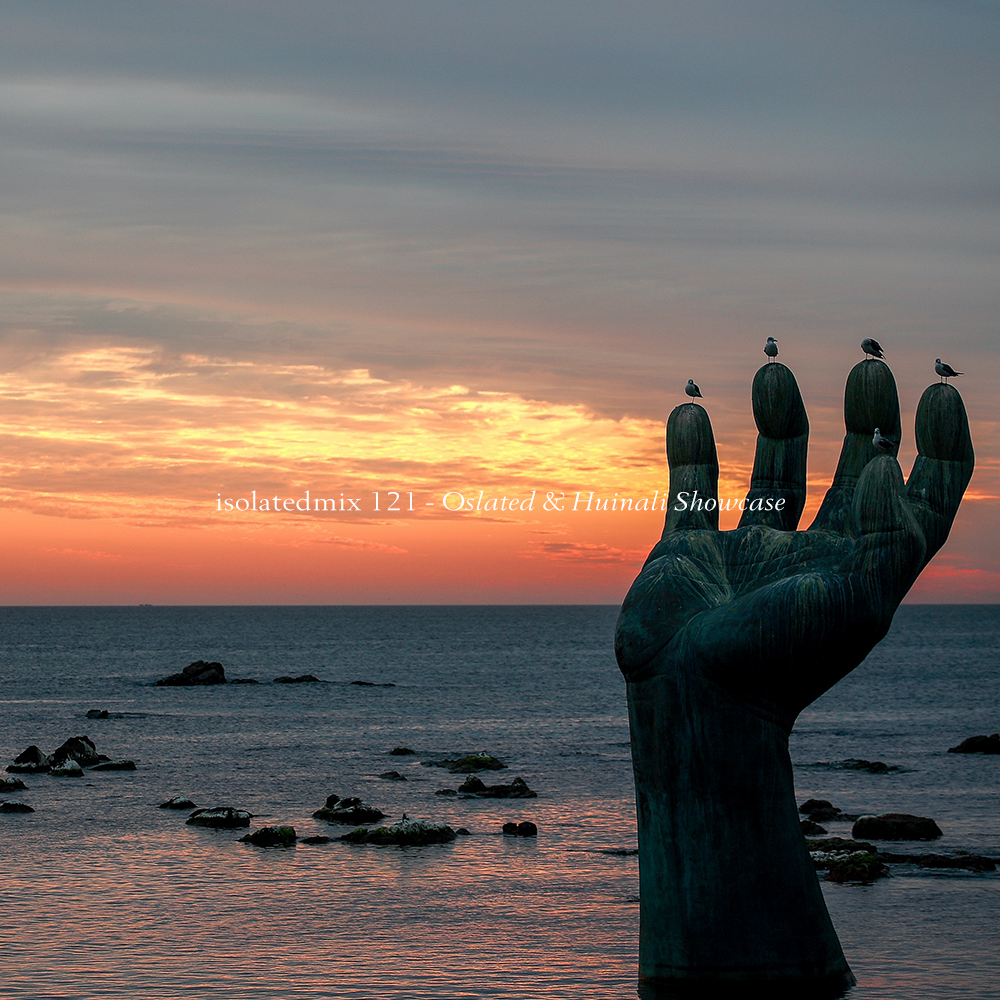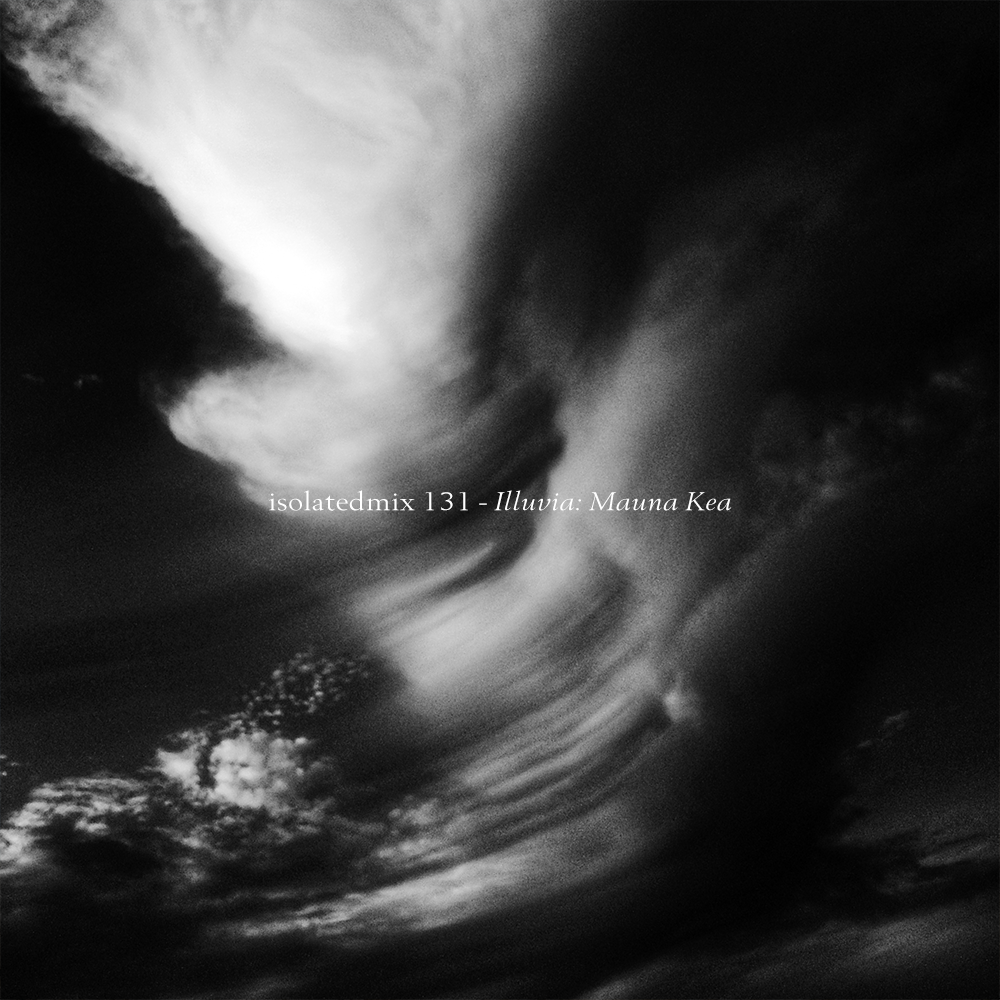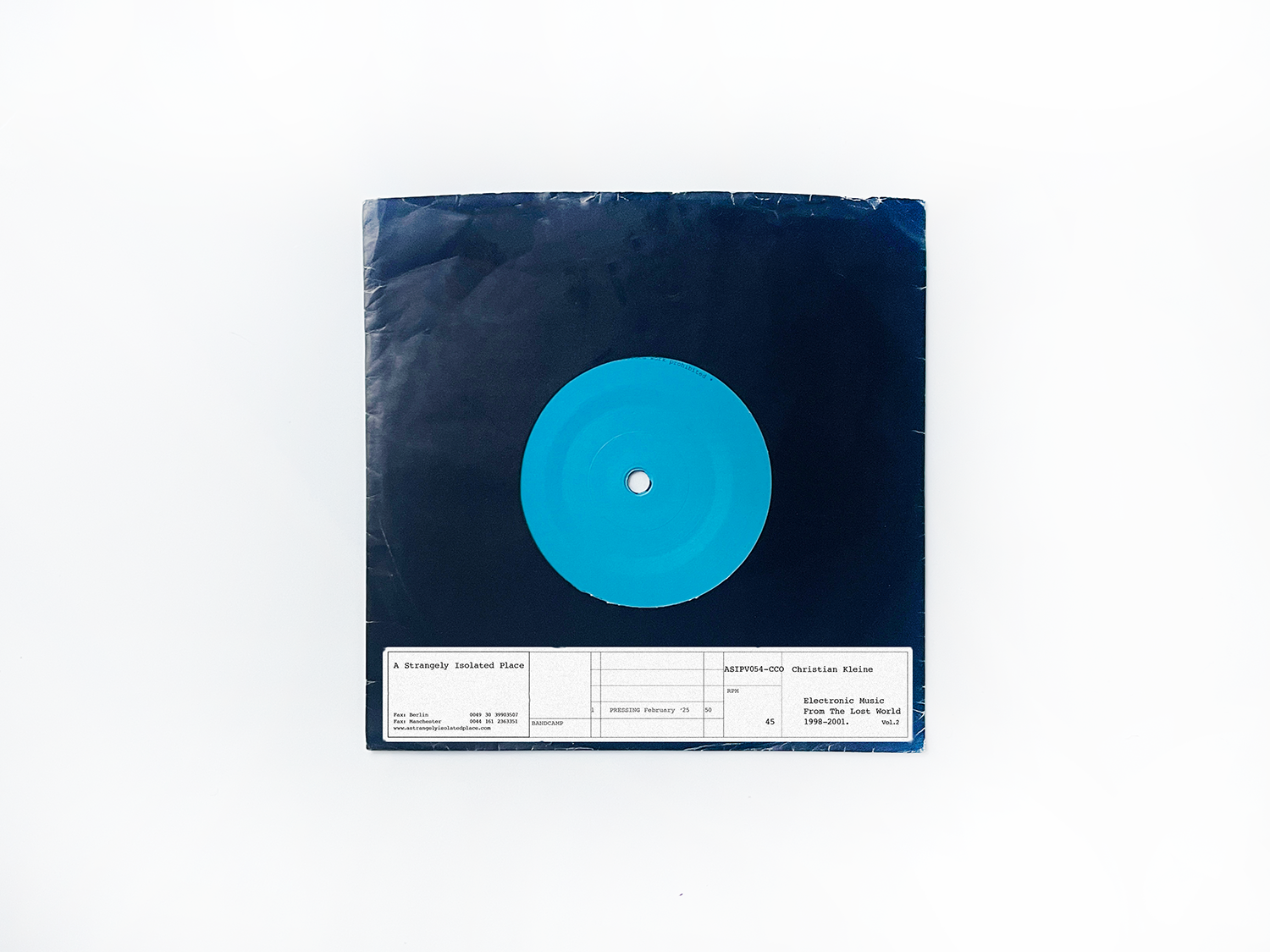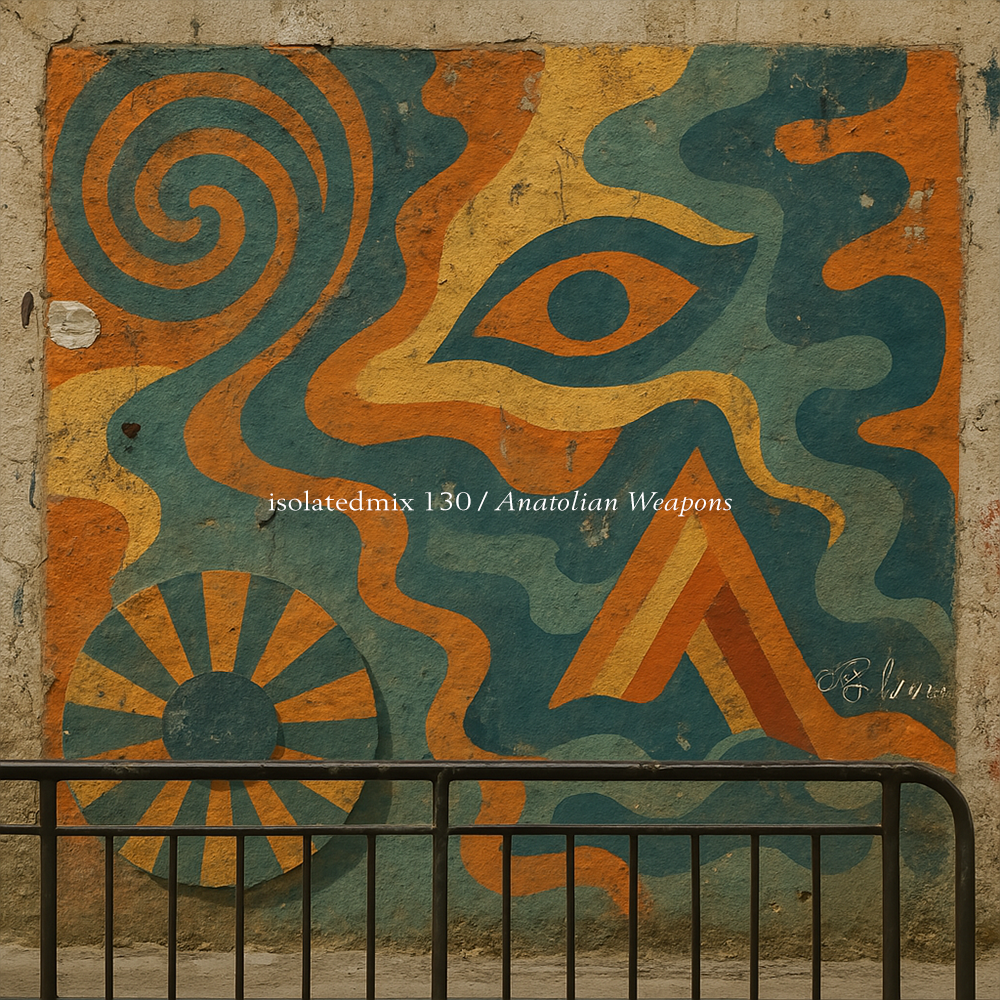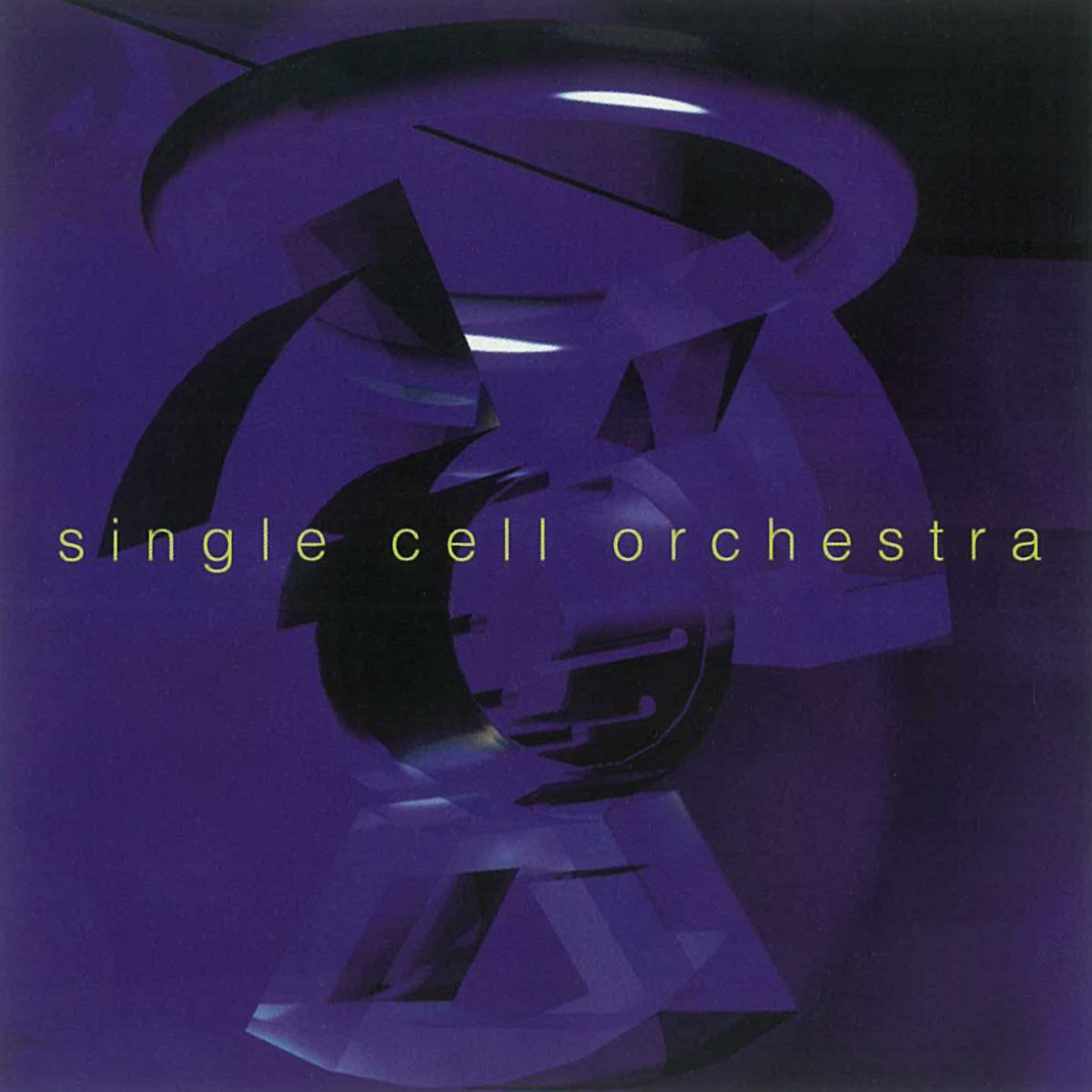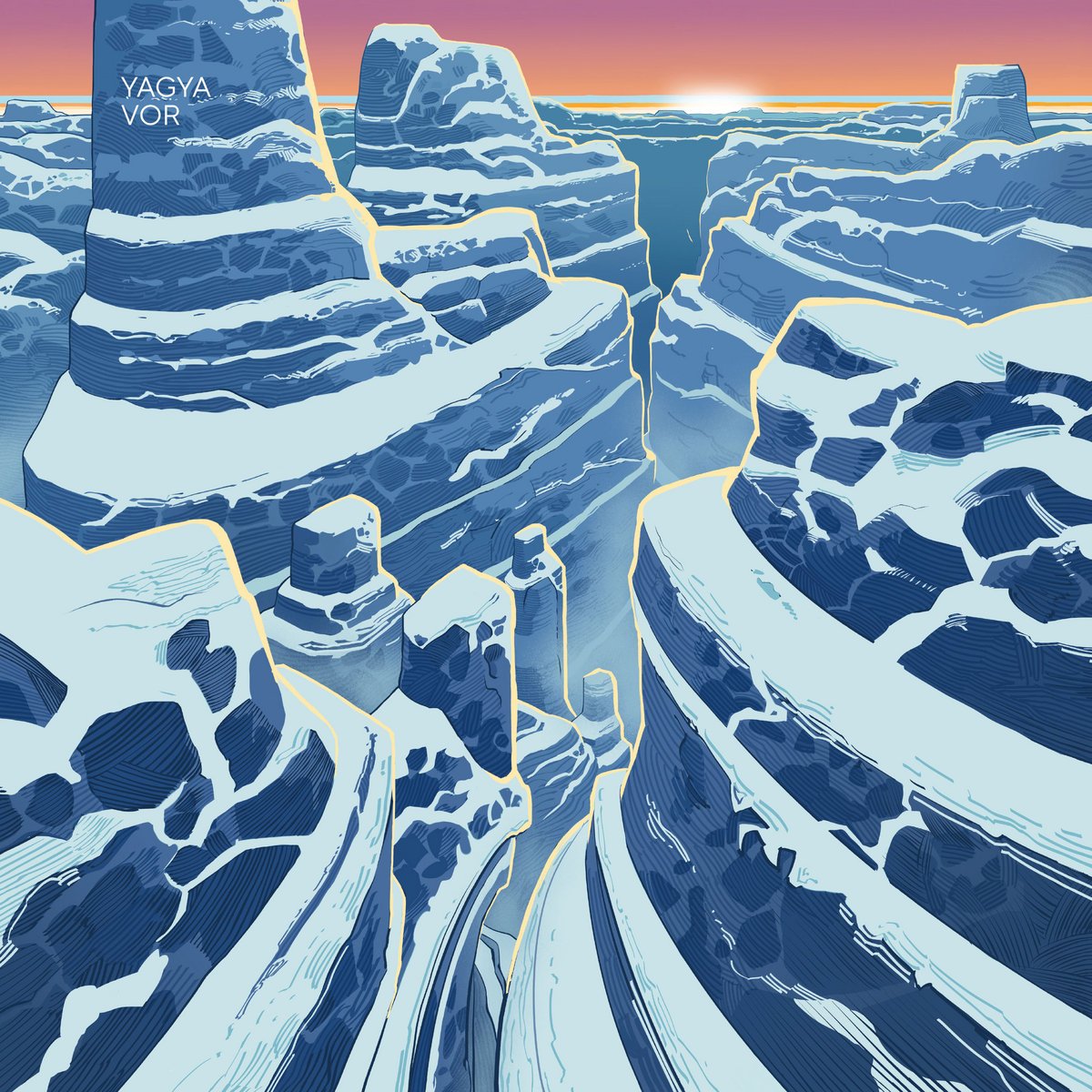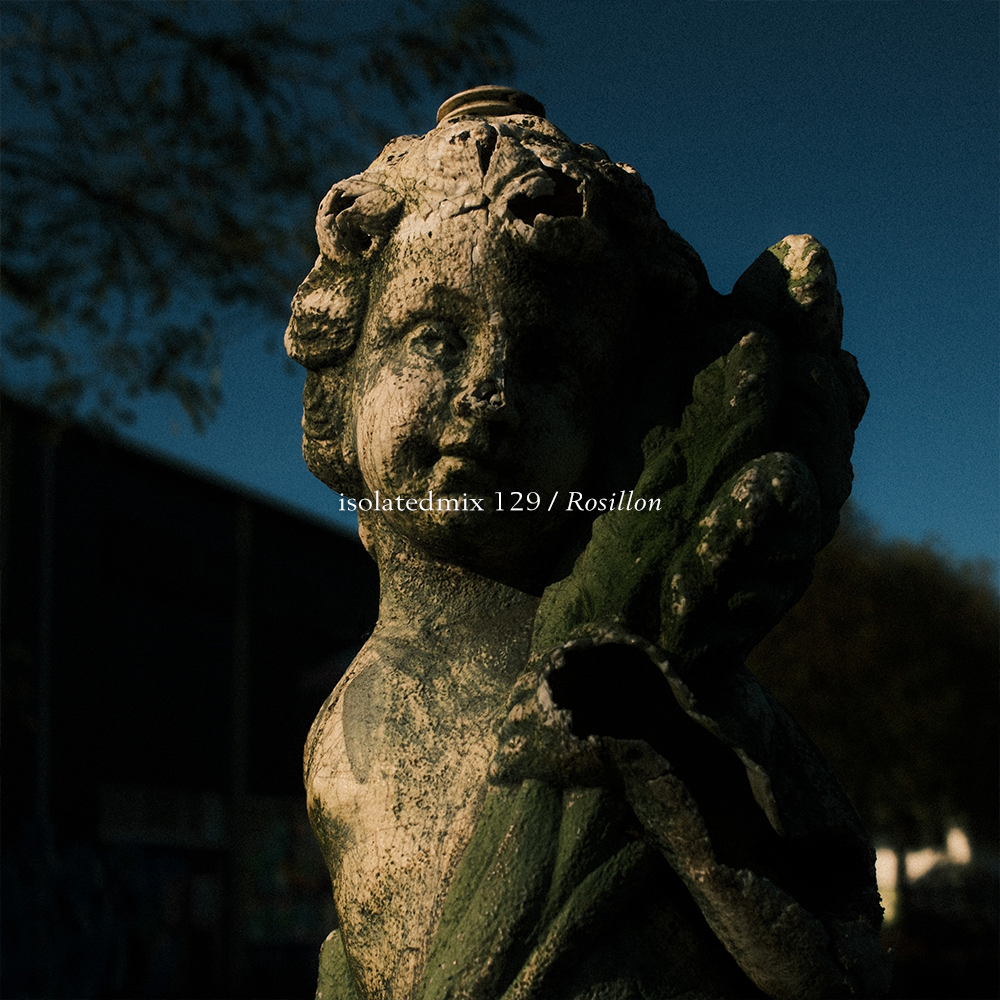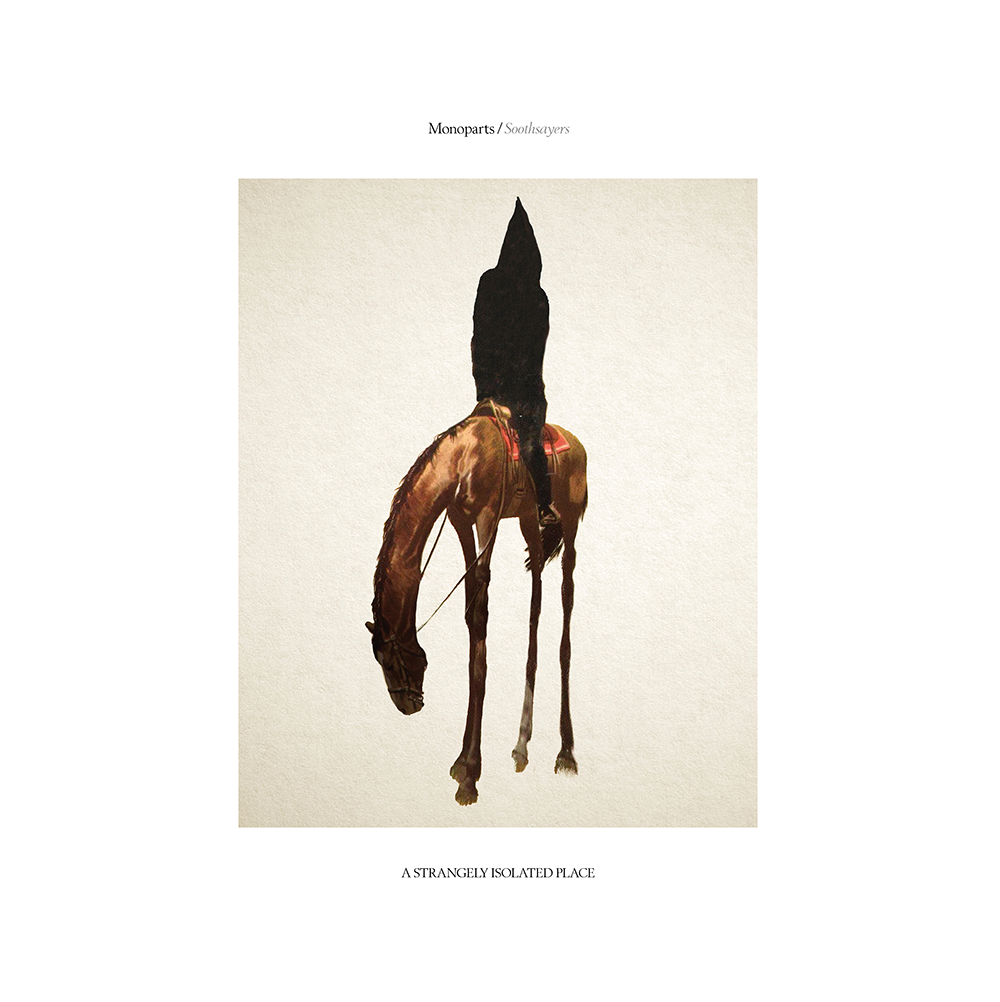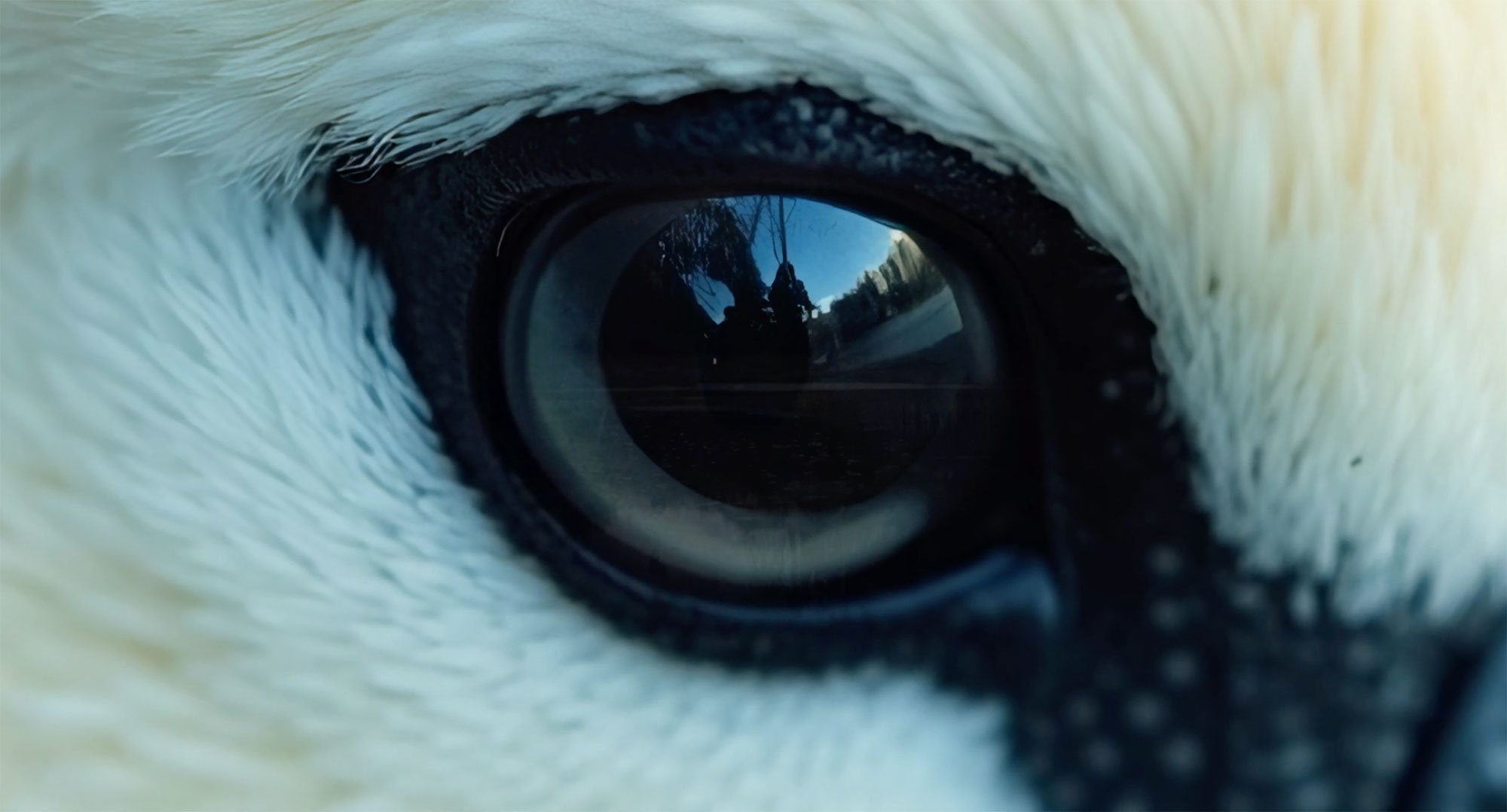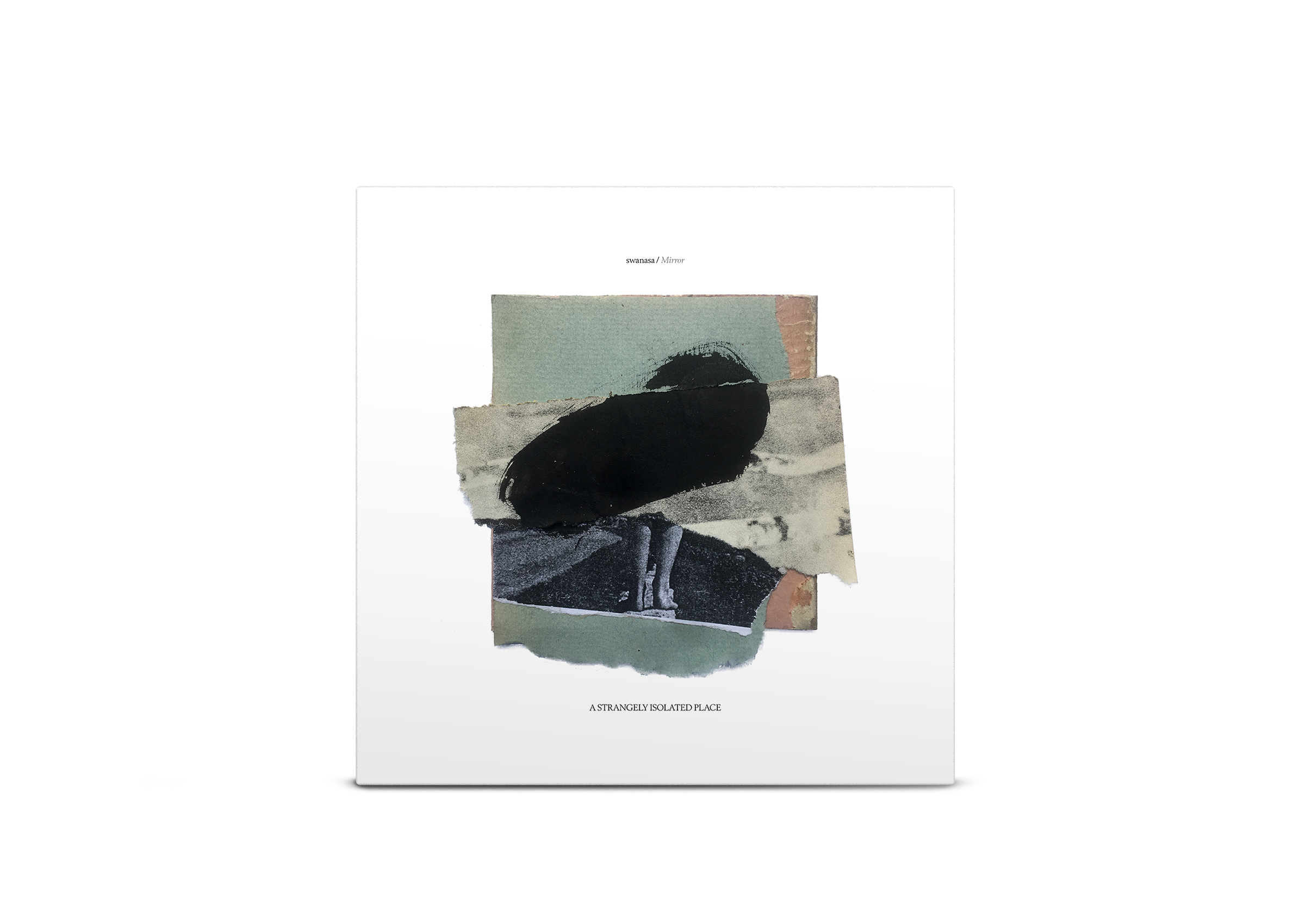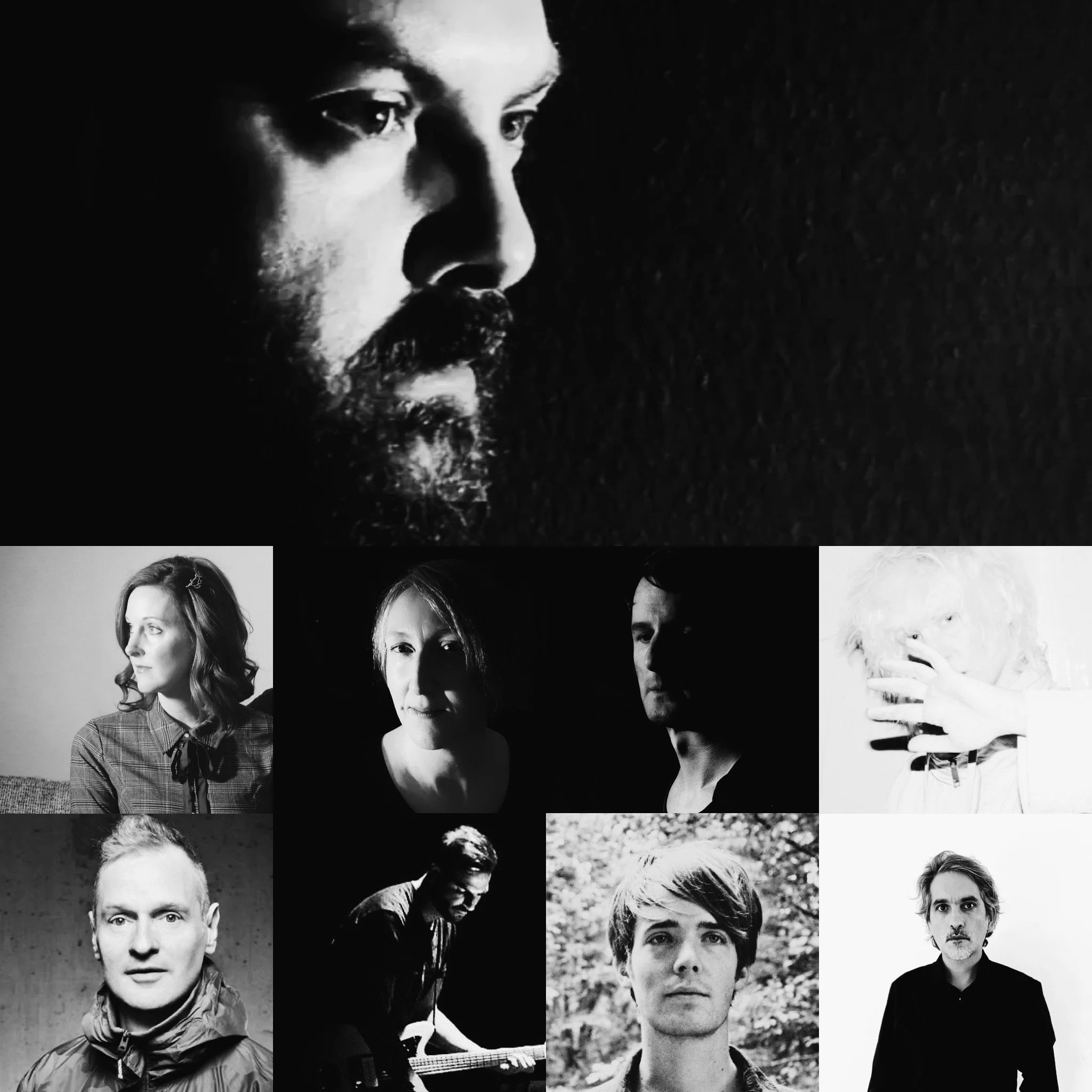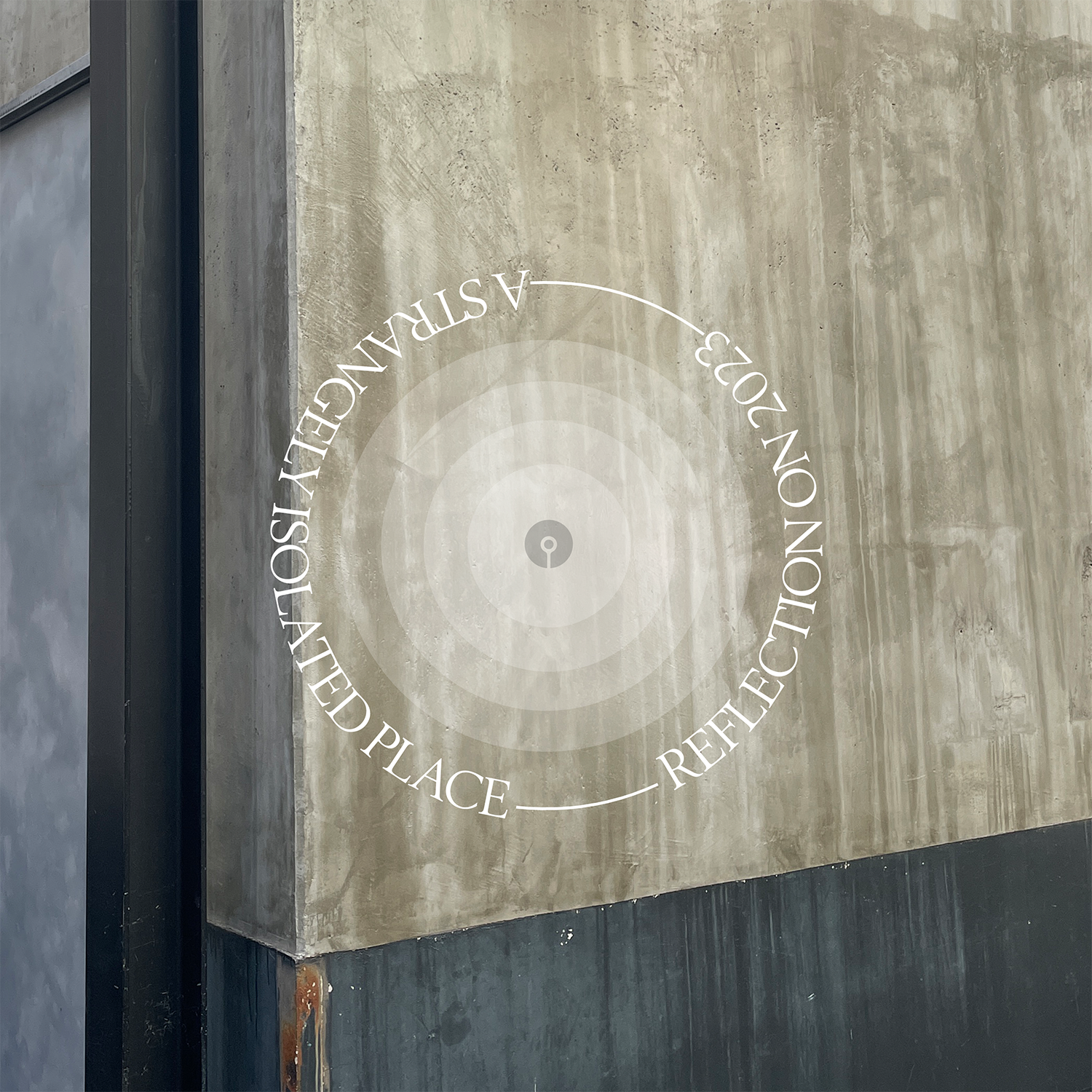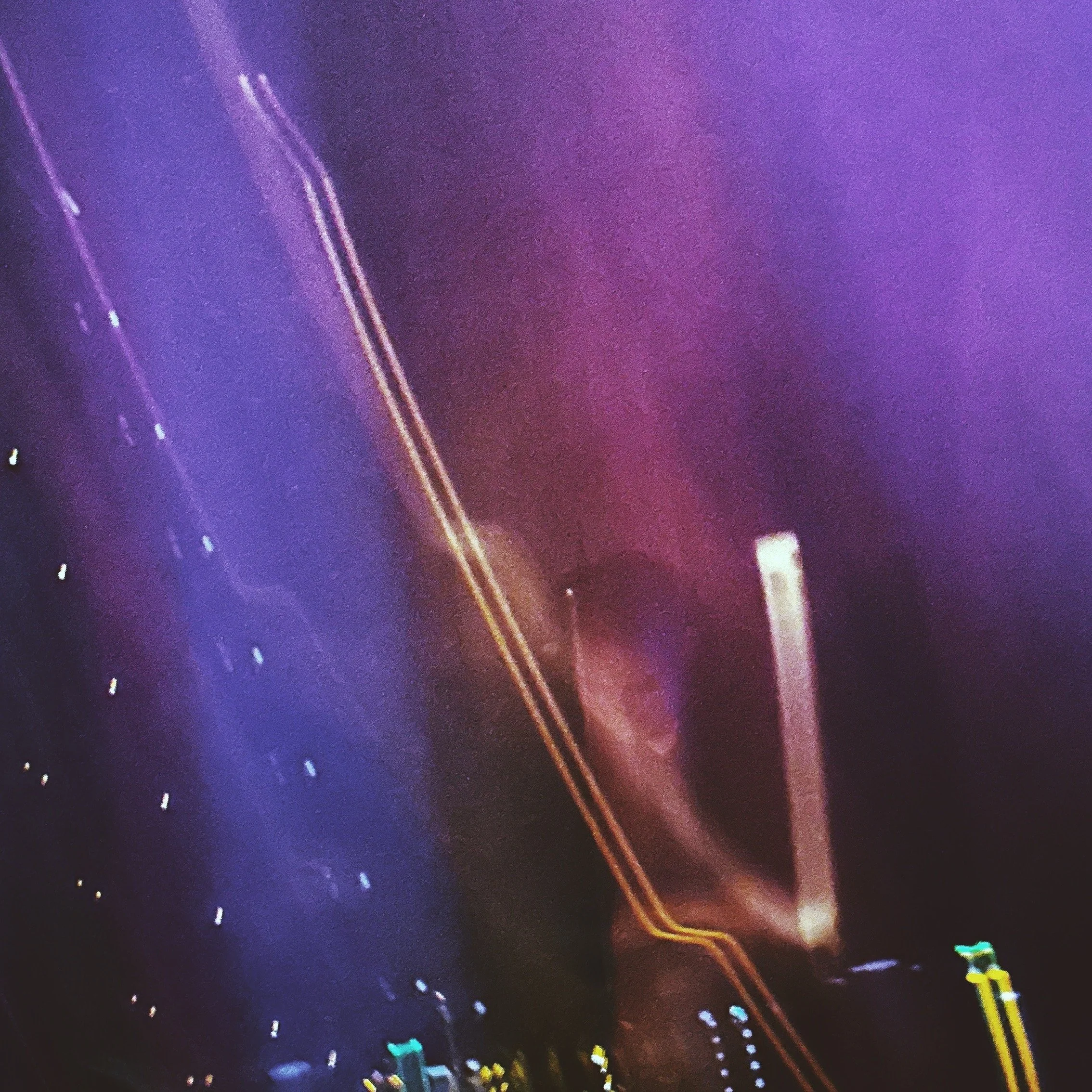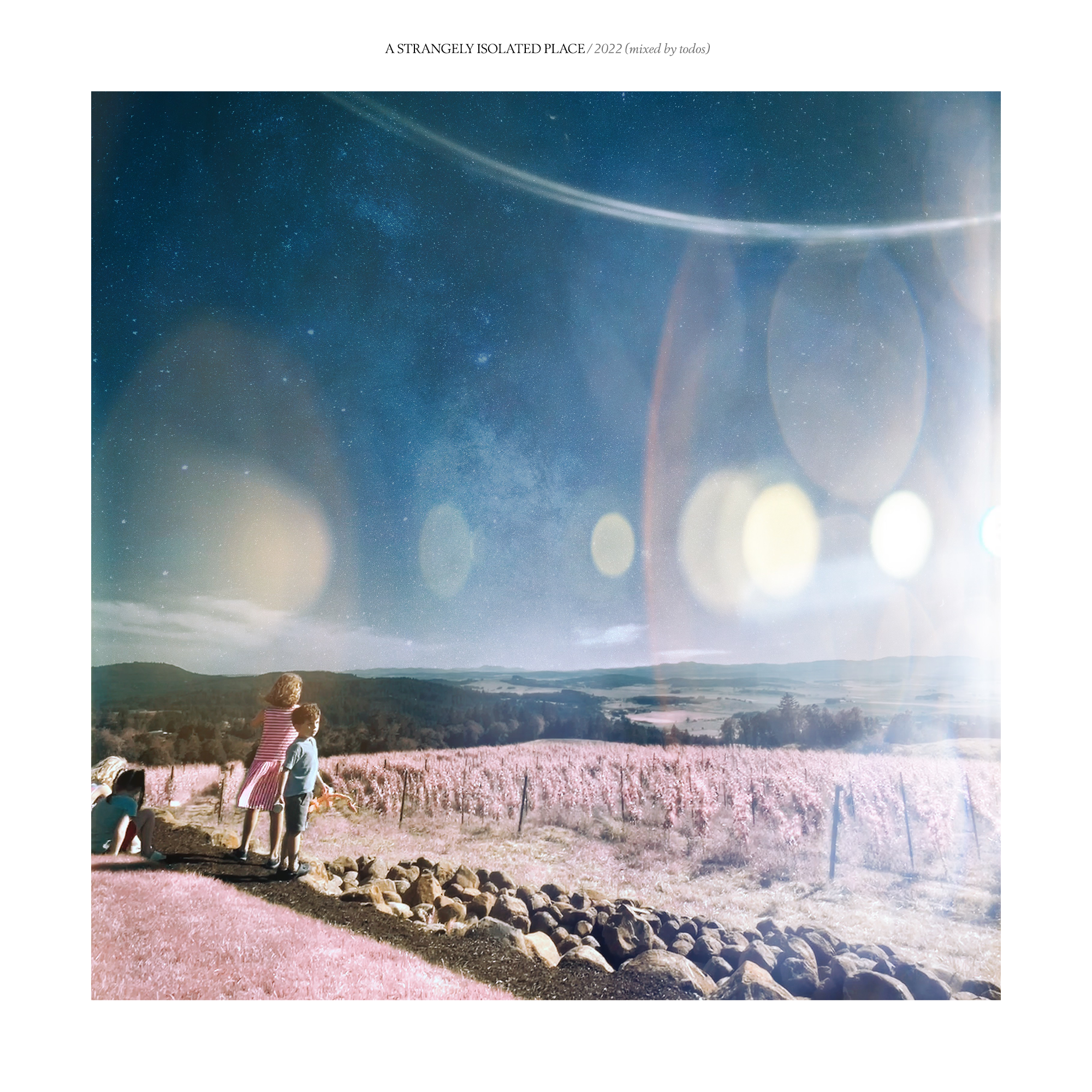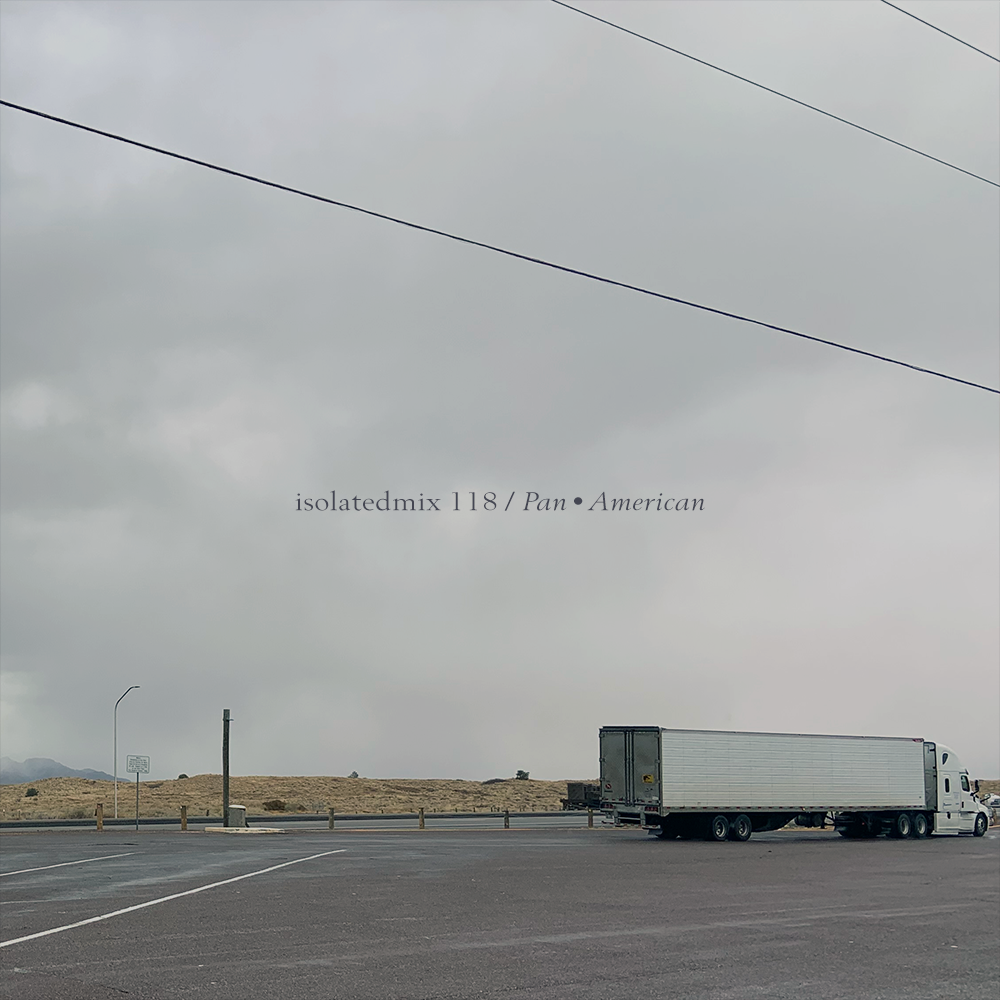One of the very few known labels emerging from South Korea and going from strength to strength recently, Oslated has become a consistent outlet for quality deep techno and ambient-leaning electronic music. Helmed by Jongmin Lee, the label, and its sublabel Huinali keep a busy calendar between them, push a variety of artists both new and known in our small circles. Oslated, also keep a great guest mix series going to help fuel the collective inspiration.
Segue, Inhmost, Doltz, Earthen Sea, Javier Maramon, Saphileaum, Polygonia, and many more artists have graced the catalogs of Oslated and Huinali in recent years, and the label’s various artist compilations expand even further into great artist territory. Needless to say, with such a rich and growing catalog, it’s a perfect time to use the isolatedmix series to highlight some of the great music across the two labels along with a few questions for label owner Jongmin Lee…
ASIP: How did Oslated begin and what was the inspiration to start a label?
Oslated: The Oslated project is a natural byproduct of my beliefs since 2016. It includes the label’s international scope based on my past experiences. The label's early mission statement was to feature unknown talented young DJs and producers, but if there were things that inspired me, it would be based on my various experiences in music for the past 20 years - since I was in my late teens. This still stands today.
You have a great ear for music and I much of your output. What is your general approach to the label’s releases?
First of all, I really appreciate the good feedback & support from many followers & friends including you. I want to give various answers to this question, but to put it simply, I believe in my ears, brain, and heart. What happens after that, whether good or not, I come to a conclusion after the release. I think this way is better. As my belief is that almost all releases on the label were a good experience for me. Therefore, I still believe in my choices, and I still love all the artists I've released on the label.
How would you describe the difference between Oslated and the sublabel, Huinali to the listener?
When I founded the Huinali Recordings sublabel, I wanted to differentiate myself from the parent label, Oslated. However, while out running one day, I thought it was not something I’m absolutely set on differentiating. It's classified according to the artist's wishes, and this is always in progress. So I don't know. The same question was previously asked on a webzine, and my answer to this is still valid: "To be honest, the genre division for our both labels didn’t matter from quite a while ago. What I think iss important now, is the relationship between the concept of an entire album and the corresponding time with the artist."
What are your most and least favorite parts of running a label?
My favorite part is, of course, when I see an artist get a very good response to a release and develop further musically. I would say the hardest part is the interpersonal relationships. I get the most stress from this part, but I put the most effort into directing and consulting myself to minimize this and to be flexible with one another. This is probably the common denominator of all label & platform owners...isn't it?
You just pressed your first vinyl record for Huinali, with Segue, who I admire. What made you decide to move into vinyl for this release?
First, I don't want to say that a lot of physical releases are the goal. Anyway, Oslated had already released 3 vinyl records, and at some point the sub-label Huinali planned to do a vinyl release as well, from the day it was founded. And yes, I tried to do this naturally. Before being a label owner I was a DJ and a collector of various music. I honestly don't want to differentiate between digital and physical and I just want to release GOOD MUSIC. The reason I release physically as well is simply because my followers wish.
If you could have released any favorite/past album in the world on your label, what would it be and why?
I myself had such a wishful plan, and I’m the one who insists on “Oldies, but goodies” too. But as time passed, I realized something myself. Now, my simple argument for this question is, "The past is beautiful when it is the past."
You had S-Pill make the mix, can you tell us a bit about him and why you chose him to create the mix?
Seojun oh aka S-Pill is my close brother, and he holds the title of the only official DJ artist on the label. I guarantee that he is the best DJ in Korea and proud of him. This is the only reason.
What can you tell us about the future of Oslated and Huinali?
I don't want to elaborate on this question, but love Paul Valery's quotes here. "Nothing is complete unless you put it in final shape.".
"The trouble with our times is that the future is not what it used to be."
~
Listen on Soundcloud or the ASIP Podcast.
Tracklist:
1. Inhmost - River Crossing [HNL008]
2. Gallery Six - Wish On A Star [HNL006]
3. Vâyu - To Achieve Awareness [HNL015]
4. Earthen Sea - Outcropping [HNL004]
5. Moon Patrol - Inparke [OSL026]
6. Adhémar - Smell Of A Summer Field [HNC001]
7. Lindamann - Blue Hour [HNL017]
8. Javier Marimon - Dem Cics [HNL002]
9. The Vision Reels - Her Form Is Slowly Morphing [HNL016]
10. Daniel[i] - Eubela [HNL010]
11. Segue - Deep Green Dub [HNP001]
12. Launaea - Reflected Life [OSL017]
13. Asllan - Citizen of the World (Soolee Rework) [OSL024]
14. Saphileaum - No Clue Of Life [OSL006]
15. Zemög - Hiking In Chicaque [HNL011]
16. Owl - Forest Shadow [HNL014]
17. Doltz - En [Forthcoming on Huinali Recordings]
18. ABSIS - Static Trip [OSL021]
19. Polygonia - Tanz der Gliederfüßer [HNL012]
20. Einox - Chirico (Romi's Paradox) [OSL016]
21. Sanjib - Without Words [OSL008]
22. Javier Salazar - Acae (Adhémar & Javier Marimon Repitch) [OSL025]
23. Aspetuck - Microscopic Moments Of Focus [OSL023]
24. Modeo - Nobody Sleeps [OSC002]
25. Ryefield Society - Sun Fossils [HNL018]
~
S-Pill (Oslated / Jeju Island, South Korea) | Soundcloud | Facebook | Instagram
Oslated | links
